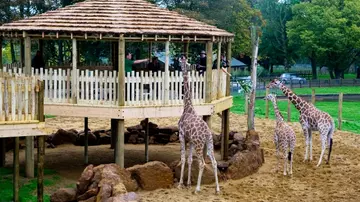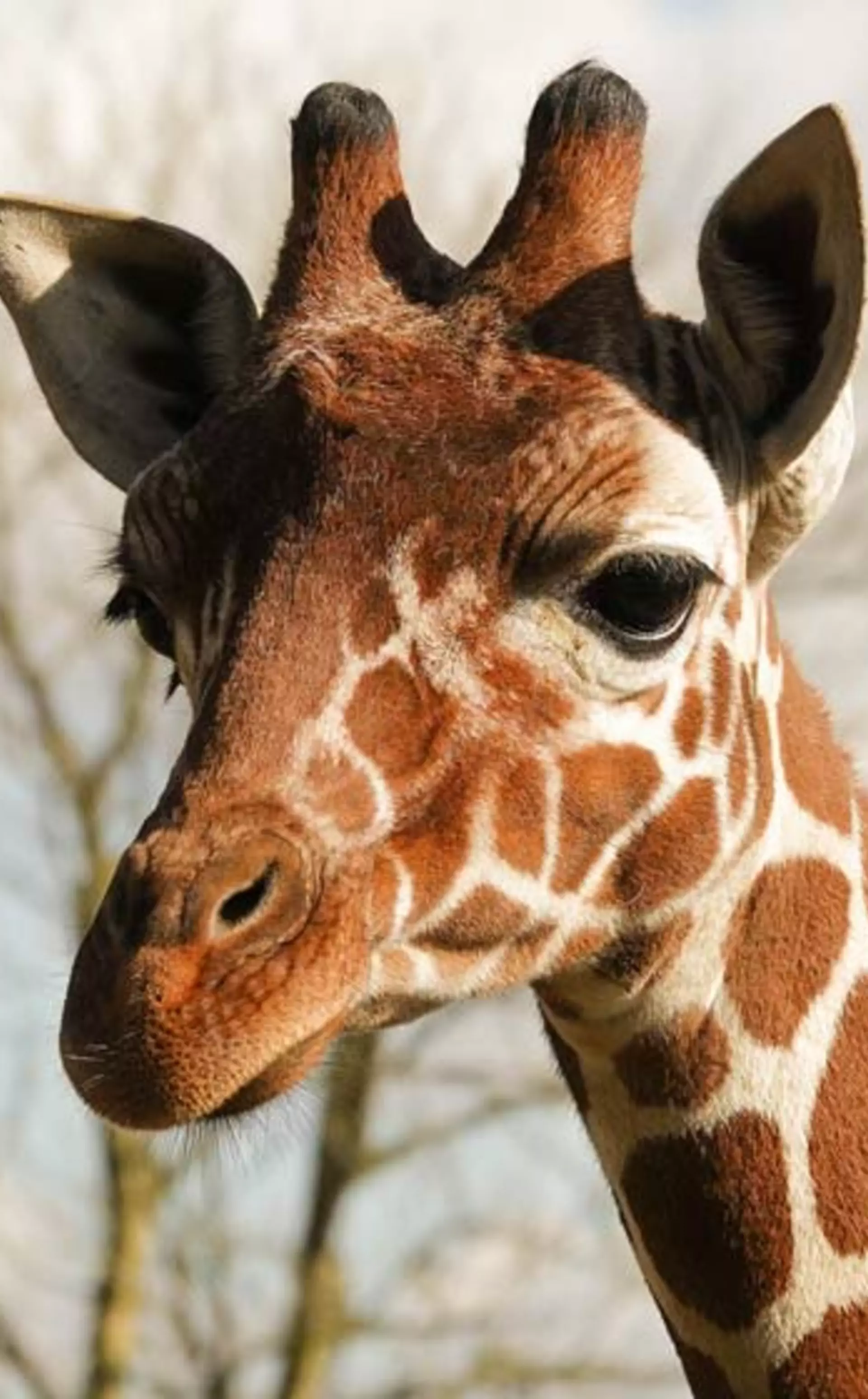
In Giraffe Behaviour Study pupils will work scientifically to collect real data on our herd of giraffes. At Giraffe Heights, students will work in groups and come face to face with our herd of giants to collect behavioural data using ethograms. The students will then use this data to create behaviour bar charts and to compare behaviours between different age groups in the herd. Group discussions will then allow students to elaborate on how this data could be used both for the animals' welfare at the zoo and for the conservation of the species in the wild.
Please be aware that this session will be held outside. Students should wear appropriate clothing and footwear.
| Age: KS2 (7-11 years) | Duration: 45 minutes | Capacity: 35 students | Outdoor Session |

Intended learning outcomes:
Students will be able to:
- Work scientifically to collect real-time behavioural data using ethograms;
- Create bar charts to illustrate their results;
- Use scientific language to explain their results;
- Describe how research can impact the conservation of animals in the wild.
National Curriculum links:
| KS2 Science | Working Scientifically |
Identify and classify; Record findings using simple scientific language, drawings, labelled diagrams, keys, bar charts and tables; Report on findings from enquiries, including oral explanations, displays or presentations of results and conclusions; |
| Living things and their habitats |
Work of scientists; Impact of humans (both positively and negatively) on environments. |
|
| Evolution and Inheritance | Identify how animals and plants are adapted to suit their environment in different ways and that adaptation may lead to evolution. | |
| KS2 English | Spoken Language, Reading | Word Reading, Comprehension |
